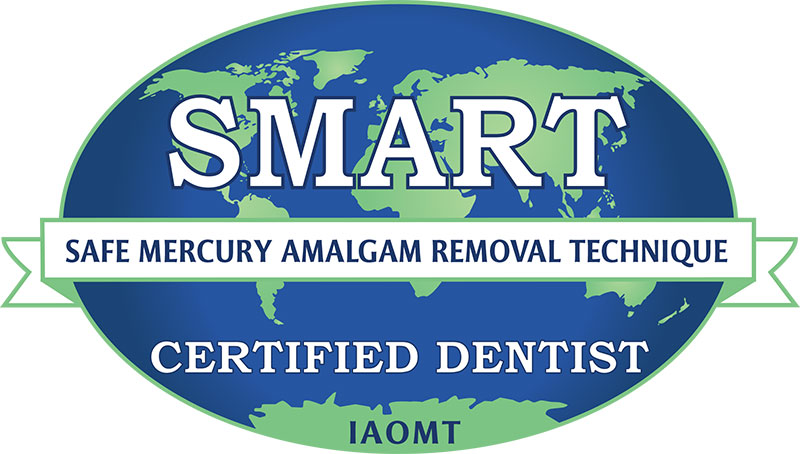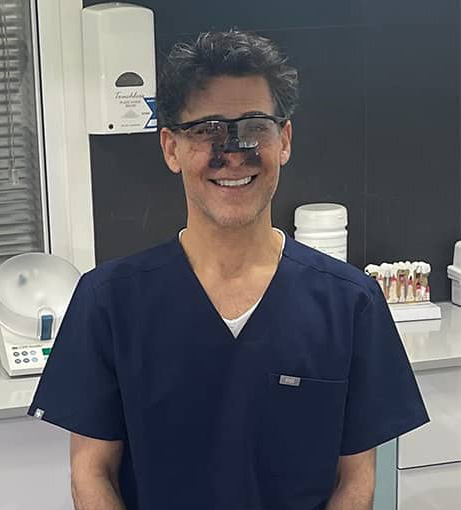Invisalign: A Holistic Orthodontic Solution for Misaligned Teeth
What is Holistic Orthodontics
What is holistic Invisalign clear aligner?
Is Invisalign a Holistic Orthodontic approach to straightening teeth?
The benefits of orthodontic Invisalign aligners
- Aesthetic Appearance: Being nearly invisible, the clear aligners are the preferred choice for adults who want to avoid the look of traditional metal braces. Being transparent and practically undetectable, Invisalign allows you to function normally without embarrassment.
- Accelerated Orthodontics: Implements PAOO (Periodontal-Aided Osteogenic Orthodontics). Additional benefits of Accelerated Orthodontics include a reduced requirement for tooth extractions and a Holistic Non-extraction Invisalign Dental Treatment. Accelerated Orthodontics facilitates tooth movement into the desired position in just 4 to 10 months versus the 1 to 3 years of treatment time required for conventional orthodontics.
- Better Oral Hygiene: Since the aligners can be removed, maintaining good oral hygiene is easier compared to traditional braces, reducing the risk of cavities and gum disease.
- Bio-compatible Bio-mechanical Force Distribution: Causes less biological damage in the form of bone hyalinization, root resorption, and nerve damage.
- BPA-free, Non-toxic Composite Attachments: Used in our practice to promote teeth movement Invisalign.
- Comfort: Being smooth polymers, Invisalign aligners are more comfortable than metal braces, with no sharp edges or wires that can irritate the oral soft tissues, eliminating the risk of metal allergies.
- Compatible with optimal oral hygiene activities during treatment.
- Convenience: The aligners are removable, allowing patients to eat, drink, brush, and floss with ease, without any dietary restrictions. Aligners are easy to wear and remove and allow normal brushing and flossing tasks generally impaired by conventional braces.
- Enhanced Precision and Reduced Chemical Exposure: As part of our Holistic Orthodontic approach implementing Invisalign therapy, we take advantage of intra-oral 3D scanning technology to maximize precision while preventing your mouth from being exposed to harmful chemicals.
- Enhanced Self-Esteem: A more harmonic smile contributes to better mental and emotional well-being and improves social interactions.
- Fewer Orthodontic Visits: Invisalign requires no adjustments or wire changes; hence, fewer visits to the orthodontist are required.
- Improved Oral Health: Straightened teeth enhance the efficiency of teeth cleaning, reducing the risk of dental caries, gum disease, and jaw problems.
- Individualised Treatment Plan: Tailored to each individual’s unique dental structure, oral health, and treatment needs, to achieve the most favorable treatment outcomes.
- Less Frequent Adjustments: As each stage aligner has built-in successive bio-mechanical programming required for efficient teeth movement.
- Predictable Results: Invisalign uses advanced 3D imaging technology to create a personalised treatment plan that offers a precise prediction of the final outcome.
- Reduced Treatment Timelines: Due to its computerised, well-planned staging precision and predictability, Invisalign dental Orthodontics offers shorter treatment timelines.
- Reduced Risks for Soft Tissue Injury: Eliminating the need for traditional wires, brackets, and auxiliary sharp elements reduces the risk of undue tissue trauma and discomfort.
- Reduced Accidental Injury: Mal-positioned front teeth can increase the risk of accidental dental injuries and traumatic biting. Therefore, Invisalign aligners are advocated when moving teeth into a safer position is indicated.
- Reduced biomechanical trauma to the roots: Invisalign applies the most continuous controlled light forces, optimising the treatment outcome and minimising the exertion of undue excessive forces on the root supporting tissue and the risk for root resorption.
- Predictable Teeth and Jaw Relationship: Proper alignment of teeth is important in stabilising teeth-consequent jaw relationships through a digitalised orthodontic treatment plan when the final stage of the treatment outcome is precisely designed. Invisalign Clin-check is a unique digital design and clinical communication tool that communicates the patient journey from the initial Computer-assisted Design to the ultimate Computer-assisted manufacturing, finalising the teeth alignment to the most predictable teeth and jaw biologically compatible relationship.
What are the advanced technology behind the orthodontic Invisalign aligners?
Invisalign treatment procedure
Are there any risks or concerns about using Invisalign clear aligners?
Schedule an Invisalign Consultation with Our Holistic Dentists
FAQ – What do patients usually ask about composite bonding?
Case planning is the Phase I. of the treatment and consists of:
- Orthodontic assessment.
- Full-mouth oral health examination.
- Cosmetic & functional aspects of existing dentition.
- Orthodontic assessment and treatment options.
- Orthodontic indications/contradiction, cons. /pros.
- Introduction to Invisalign biomechanics.
Treatment duration varies depending on the complexity of your doctor’s prescription. Then, as directed by your doctor, you will switch to the next aligner in the series every 10 to 14 days. Some patients may require bonded aesthetic attachments and/or the use of elastics during treatment to facilitate specific orthodontic movements. In addition, patients may require additional impressions or intra-oral scans and/or refinement aligners after the initial series of aligners.
Invisalign and Clear aligners must be worn all the time except for when eating.
As recommended by the manufacturers, the appliances should be worn for a minimum of 22 hours per day to be most efficacious. Therefore, the success of aligner treatment is very reliant on the patients’ motivation and discipline.
Invisalign Case Studies
See our Invisalign before and after photos from our happy patients.

Before and After Treatment
Correct the proclined anterior upper teeth, excessive overjet and the canine-molar relationship on the right side.

Before and After Treatment
Severe Maxillary and mandibular posterior arch-length loss with misalignment of upper teeth.




